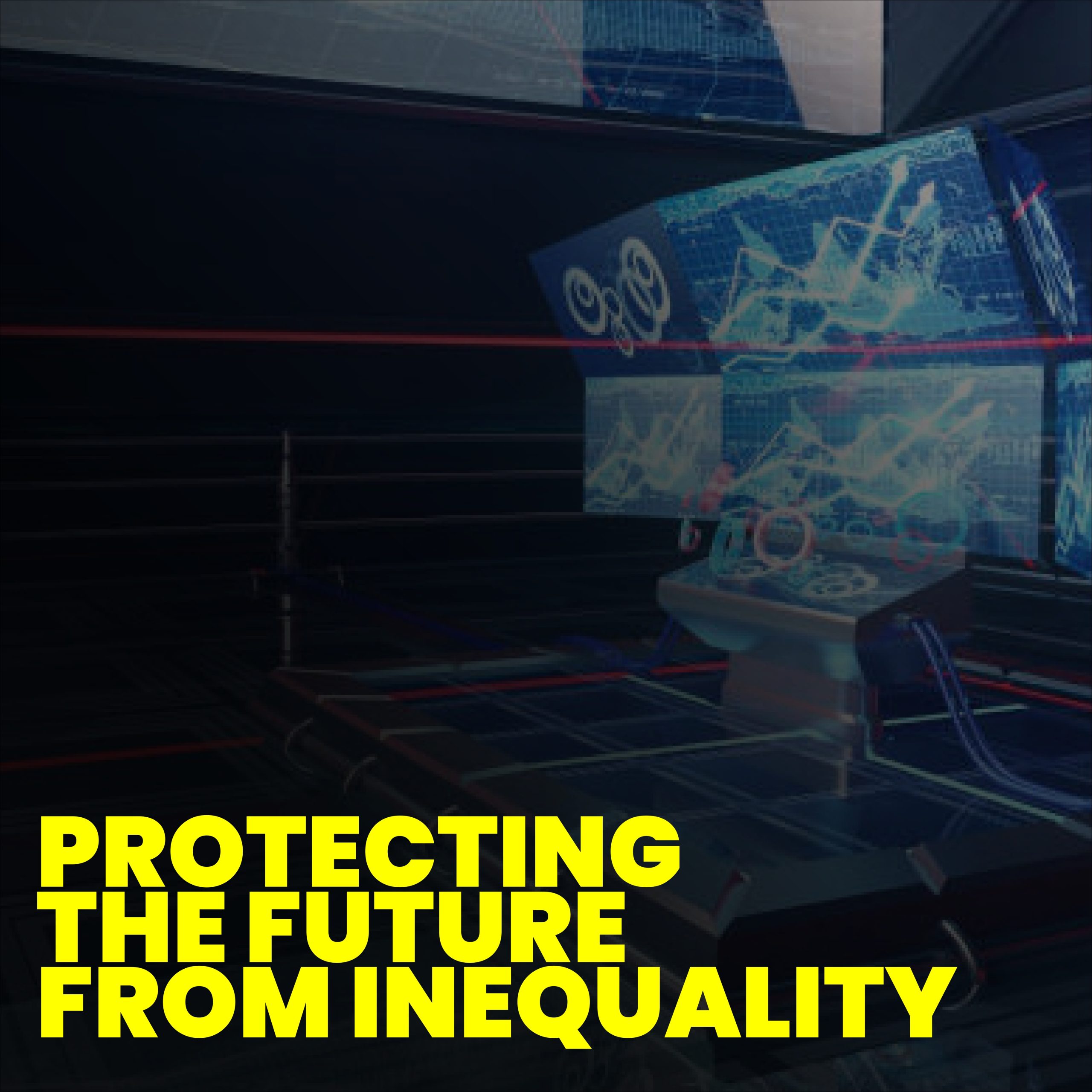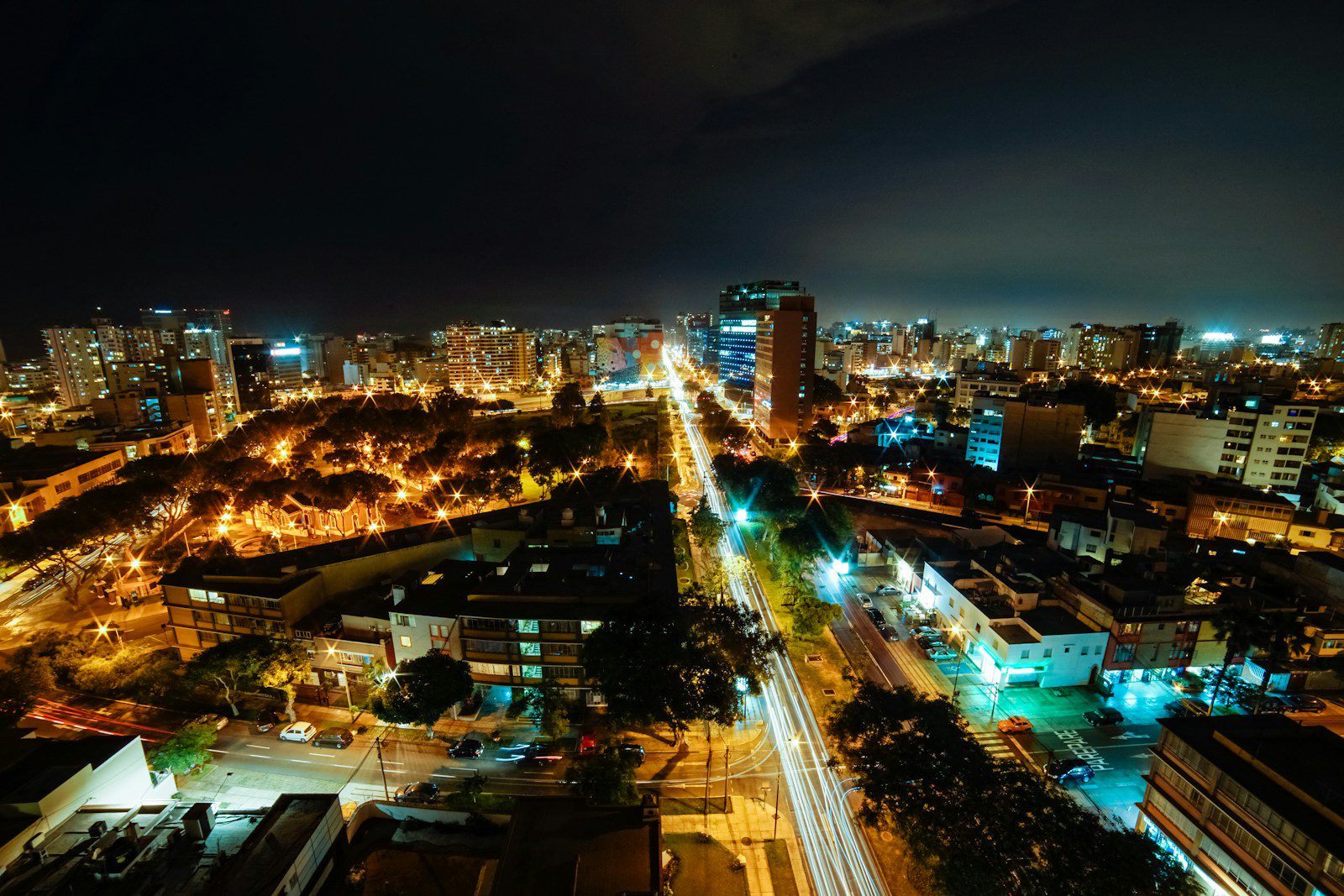Introduction
Pandemic Inequality turns a health crisis into a social one. A new report launched in Johannesburg warns that unequal societies face deadlier, costlier pandemics—and that outbreaks then deepen those same divides. To break this cycle, nations must combine preparedness with fairness. The ten actions below show how leaders can reduce exposure, protect livelihoods, and make recovery faster and more just. Together they form a blueprint for stronger, safer societies.
Pandemic Inequality and Community-Powered Surveillance
Local knowledge is the first alarm bell. Training village health workers, teachers, and faith leaders to spot unusual illness speeds detection. Anonymous hotlines and community dashboards let citizens report early warnings. When data travels both ways—community to clinic and back—trust grows. Decentralized surveillance closes gaps that delay national response and stops small clusters from becoming disasters.
Pandemic Inequality and Equitable Primary Care
Strong clinics save more lives than temporary field hospitals. Extending hours, restocking medicines, and adding mobile outreach teams bring care within reach of remote families. Integrating chronic-disease services keeps patients stable and hospitals free for emergencies. Investing in nurses and community health workers builds long-term resilience. Primary care that reaches everyone flattens the curve before it rises.
Pandemic Inequality and Fair Access to Countermeasures
Vaccines, tests, and treatments should go where risk is highest, not wealth. Governments can map vulnerable groups and deploy pop-up centers in transport hubs, farms, and factories. Transparent distribution data and plain-language messaging counter misinformation. Regional procurement pools prevent bidding wars. Equal access protects both the poor and the prosperous because pathogens ignore borders.
Pandemic Inequality and Safer Cities and Transport
Urban density accelerates contagion, yet cities can be redesigned for safety. Better ventilation in public buildings, flexible work hours, and more walking and cycling routes all reduce exposure. Upgrading buses with filtered air and enforcing hygiene standards keeps essential workers moving. Smart city planning turns daily commutes into a public-health defense line.
Pandemic Inequality and Worker Protections
People shouldn’t choose between a paycheck and public health. Paid sick leave, job protection during isolation, and access to personal protective equipment keep workplaces functional and humane. Small-business subsidies help employers comply without cutting jobs. Worker consultation ensures rules reflect real conditions. Protecting those who keep economies running is central to ending Pandemic Inequality.
Pandemic Inequality and Education Safeguards
Learning loss widens future income gaps. Schools need ventilation, hygiene supplies, and digital backups before the next closure. Where internet is scarce, radio lessons and printed materials keep children connected. Feeding schemes must continue through take-home rations. Keeping classrooms safe preserves both knowledge and nutrition—two shields against long-term inequality.
Pandemic Inequality and Clean Energy for Health
Hospitals and clinics fail when the lights go out. Solar-battery systems, efficient generators, and micro-grids keep oxygen machines and vaccine fridges running. Lower fuel costs mean more funds for medicine and staff. Reliable power transforms fragile facilities into lifelines. Energy resilience equals health resilience.
Pandemic Inequality and Local Supply Chains
Global shortages showed the cost of dependency. Encouraging regional production of PPE, diagnostics, and medicines shortens delivery times and creates jobs. Pooled procurement cuts prices while maintaining quality. Rotating stockpiles prevent expiry. Local supply networks turn crisis scarcity into sustainable stability.
Pandemic Inequality and Smart Social Protection
Outbreak control fails if families can’t afford isolation. Cash transfers, food parcels, and rent relief let people follow health advice without hunger. Updating registries to include informal workers ensures no one is invisible. Mobile-money systems deliver help quickly, while community committees verify fairness. Social safety nets are infection control in disguise.
Pandemic Inequality and Debt-Sensitive Finance
Many governments enter pandemics already burdened by debt. Emergency clauses that pause repayments and concessional loans tied to health investment create fiscal breathing room. Transparent spending dashboards build confidence and deter misuse. When finance supports public health instead of strangling it, countries recover faster and fairer.
FAQs
What is Pandemic Inequality?
It describes how unequal societies suffer worse outbreaks and slower recoveries—creating a cycle of vulnerability.
How can leaders act against Pandemic Inequality quickly?
By funding primary care, fair vaccine access, and social protection that reach low-income and informal workers.
Why should businesses address Pandemic Inequality?
Healthy, protected workers keep production stable and demand steady, benefiting the whole economy.
Conclusion
Preparedness without justice leaves everyone exposed. Building fair access to care, income, and information transforms response capacity. When leaders invest in equity—through clinics, safety nets, and shared responsibility—they shorten crises and save lives. Breaking Pandemic Inequality is not charity; it is the smartest insurance policy against the next global shock.




